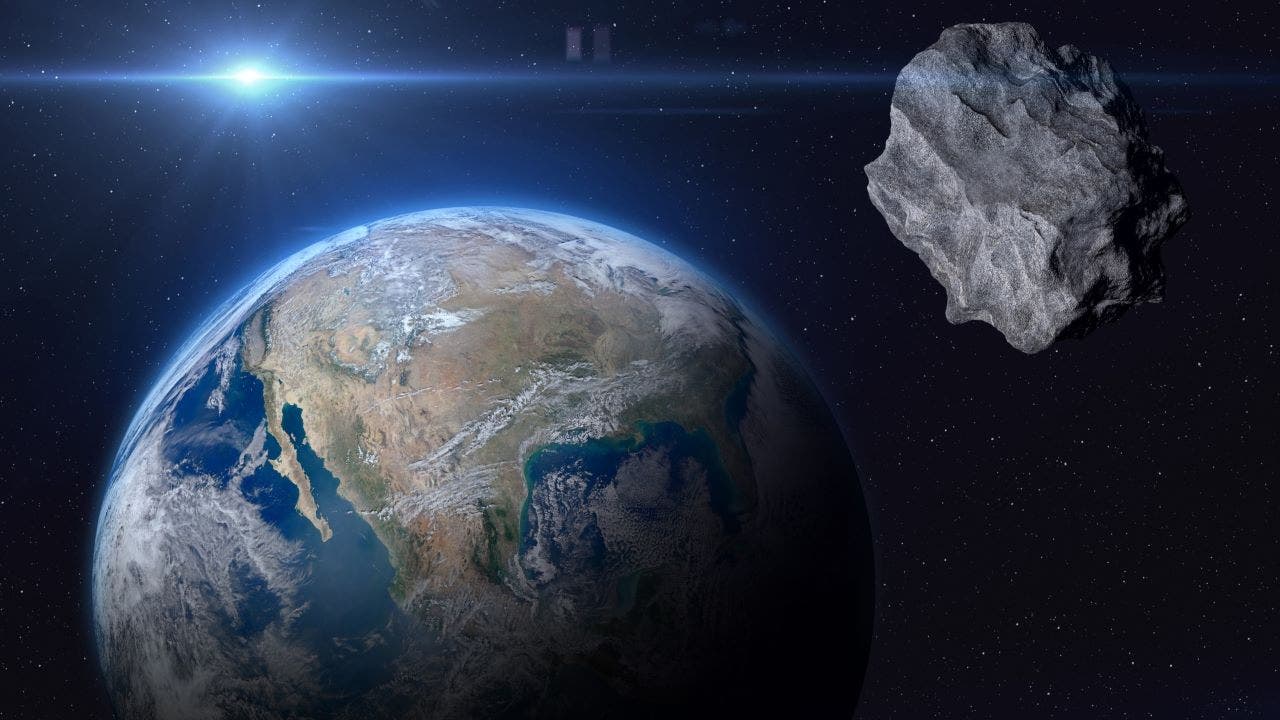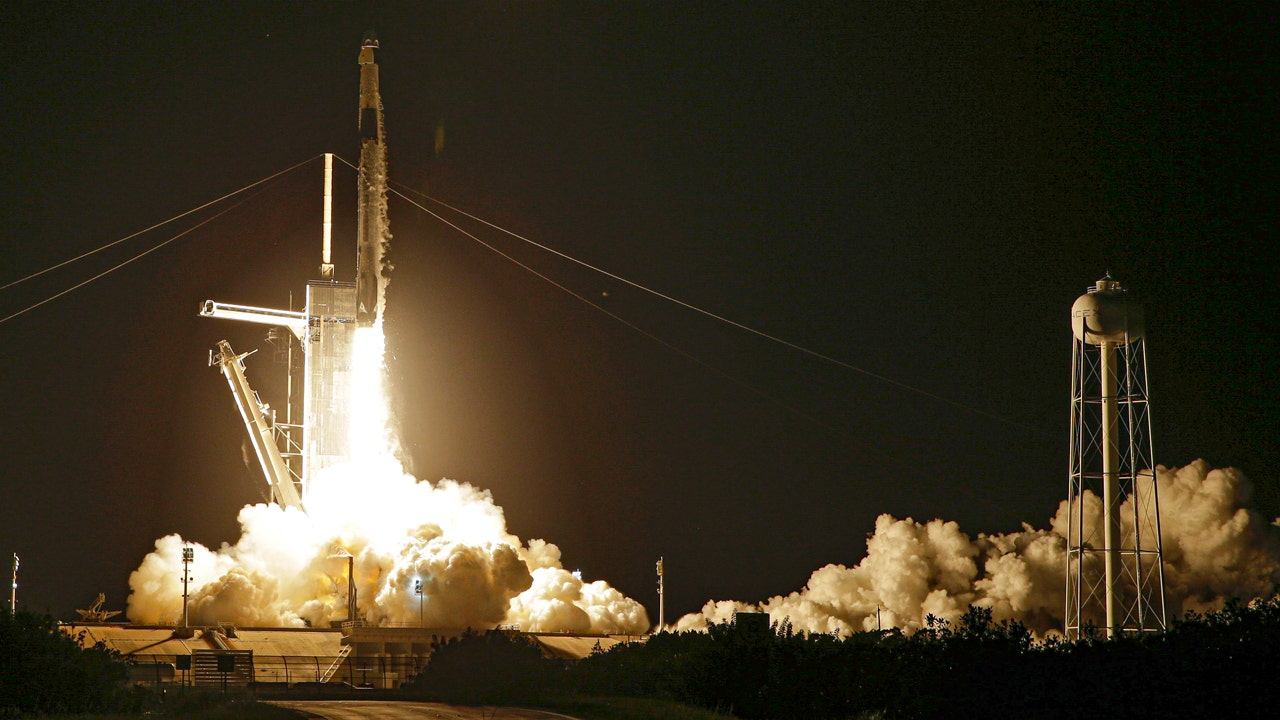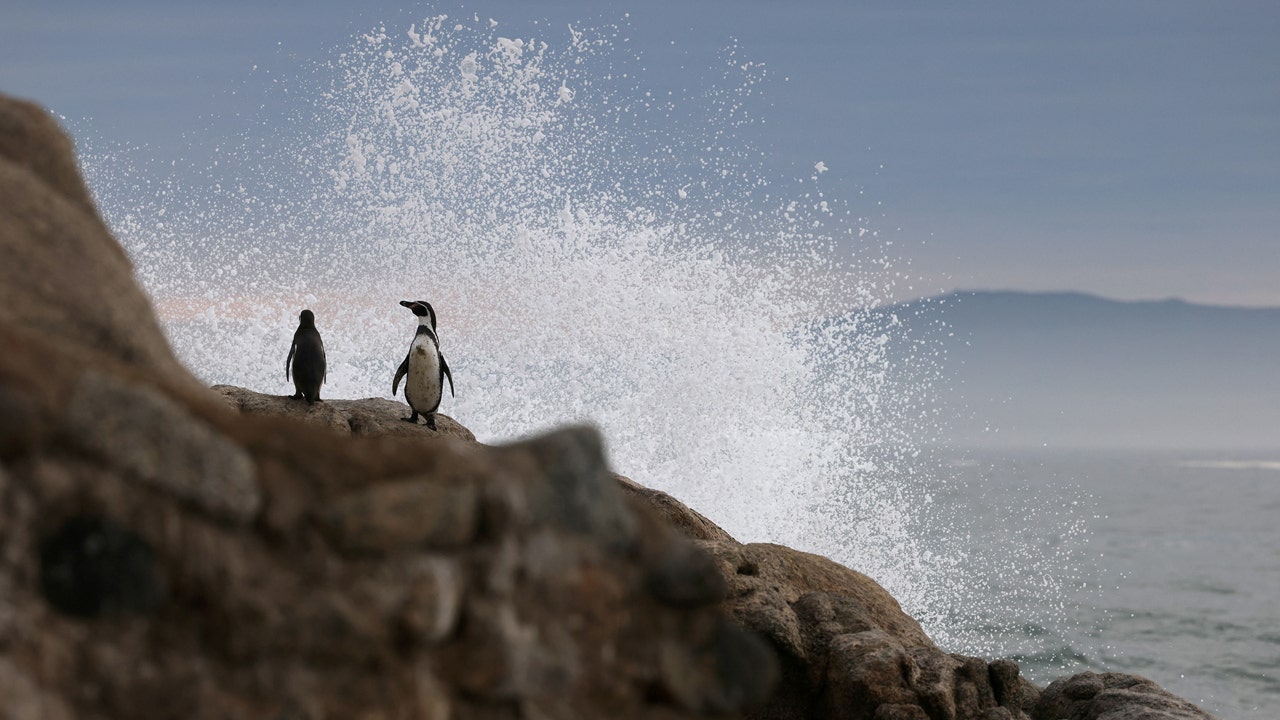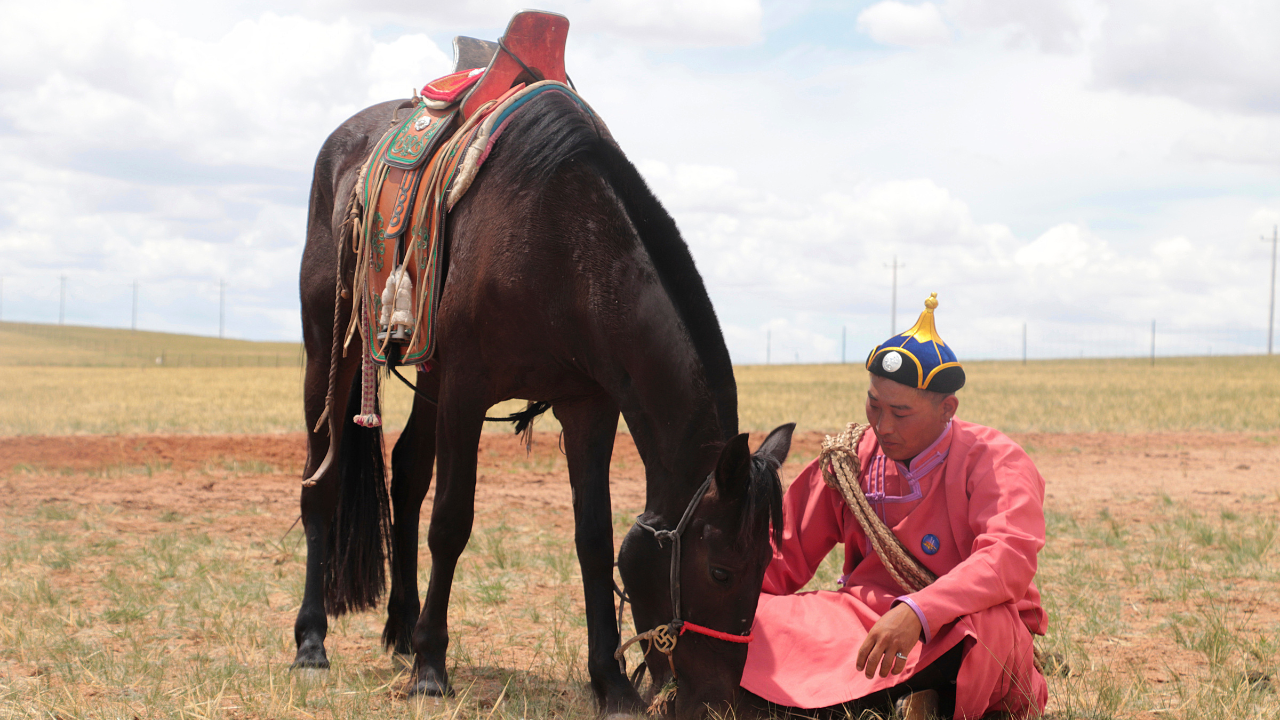Seventh-grade student Henry Cohen bounced side to side in time to the Beatles’ “Here Comes the Sun” playing in teacher Nancy Morris’ classroom, swinging his arms open and closed across the planets pictured on his T-shirt.
Henry and other classmates at Cleveland’s Riverside School were on their feet, dancing during a session of activities tied to April’s total solar eclipse. Second-graders invited in for the lessons sat cross-legged on the floor, laughing as they modeled newly decorated eclipse viewing glasses. Dioramas with softball-sized model earths and moons and flashlight “suns” occupied desks and shelves around the room.
Henry said his shirt reflected his love of space, which he called “a cool mystery.” The eclipse, he said, “is a one in a million chance and I’m glad I get to be here for it.”
SOLAR ECLIPSE 2024: WHERE AND HOW TO VIEW THE RARE ORBIT HITTING THE US
For schools in or near the path of totality of the April 8 eclipse, the event has inspired lessons in science, literacy and culture. Some schools also are organizing group viewings for students to experience the awe of daytime darkness and learn about the astronomy behind it together.
Alex Impion, 12, shines a flashlight on a model moon held by Necmeddin Aljabri, 8, on March 14, 2024, at an elementary school in Cleveland. The two were learning about the upcoming total solar eclipse, a topic that has challenged and inspired teachers in and near the eclipse’s path. (AP Photo/Carolyn Thompson)
A hair out of the path of totality, the school system in Portville, New York, near the Pennsylvania line, plans to load its 500 seventh- through 12th-grade students onto buses and drive about 15 minutes into the path, to an old horse barn overlooking a valley. There, they will be able to trace the shadow of the eclipse as it arrives around 3:20 p.m. EST.
It required rearranging the hours of the school day to remain in session, but Superintendent Thomas Simon said staff did not want to miss out on the learning opportunity, especially at a time when when students experience so much of life through screens.
FOR SOLAR ECLIPSE SAFETY, HERE’S WHAT DRIVERS SHOULD NOT DO ON THE ROAD DURING THE RARE EVENT
“We want them to leave here that day feeling they’re a very small part of a pretty magnificent planet that we live on, and world that we live in, and that there’s some real amazing things that we can experience in the natural world,” Simon said.
Schools in Cleveland and some other cities in the eclipse’s path will be closed that day so that students aren’t stuck on buses or in crowds of people expected to converge. At Riverside, Morris came up with a mix of crafts, games and models to educate and engage her students ahead of time.
“They really were not realizing what a big deal this was until we really started talking about it,” Morris said.
Learning about phases of the moon and eclipses is built into every state’s science standards, said Dennis Schatz, past president of the National Science Teaching Association. Some school systems have their own planetariums — relics of the 1960s space race — where students can take in educational shows about astronomy.
But there is no better lesson than the real thing, said Schatz, who encourages educators to use the eclipse as “a teachable moment.”
Dallas science teachers Anita Orozco and Katherine Roberts plan to do just that at the Lamplighter School, arranging for the entire pre-K- through fourth-grade student body to watch it together outdoors. The teachers spent a Saturday in March at a teaching workshop at the University of Texas at Dallas where they were told it would be “almost criminal” to keep students inside.
“We want our students to love science as much as we do,” Roberts said, “and we just want them understanding and also having the awe of how crazy this event is.”
Wrangling young children may be a challenge, Orozco said, but “we want it to be an event.”
In training future science teachers, University at Buffalo professor Noemi Waight has encouraged her student teachers to incorporate how culture shapes the way people experience an eclipse. Native Americans, for example, may view the total eclipse as something sacred, she said.
“This is important for our teachers to understand,” she said, “so when they’re teaching, they can address all of these elements.”
The STEM Friends Club from the State University of New York Brockport planned eclipse-related activities with fourth-grade students at teacher Christopher Albrecht’s class, hoping to pass along their passion for science, technology, engineering and math to younger students.
“I want to show students what is possible,” said Allison Blum, 20, a physics major focused on astrophysics. “You know those big mainstream jobs, like astronaut, but you don’t really know what’s possible with the different fields.”
Albrecht sees his fourth-grade students’ interest in the eclipse as a chance to incorporate literacy into lessons, too — maybe even spark a love of reading.
“This is is a great opportunity to read a lot with them,” Albrecht said. He has picked “What Is a Solar Eclipse?” by Dana Meachen Rau and “A Few Beautiful Minutes” by Kate Allen Fox for his class at Hill Elementary School in Brockport, New York.
“It’s capturing their interest,” he said, “and at the same time, their imagination, too.”




